How to dry yeast
Yes it is possible to dry yeast at home. No it’s probably not going to be completely sanitary, but if you read this blog at all, you know that’s not a super high priority around here. Anyway, how is this accomplished? It’s actually quite simple. Many of the traditional Norwegian farmhouse brewers have dried their yeast for ages, the method I’m about to outline I gleaned from them with the help of Lars Garshol’s excellent blog.
What you’ll need:
- Parchment paper
- A baking sheet (not strictly necessary)
- a couple of clothes pins or chip clips
- A large spoon with smallish holes in it, a wire strainer would also probably work
- Actively fermenting beer (preferably with a top-cropping yeast culture)
- An electric fan
How to do it:
Start by clipping some parchment paper to your baking sheet
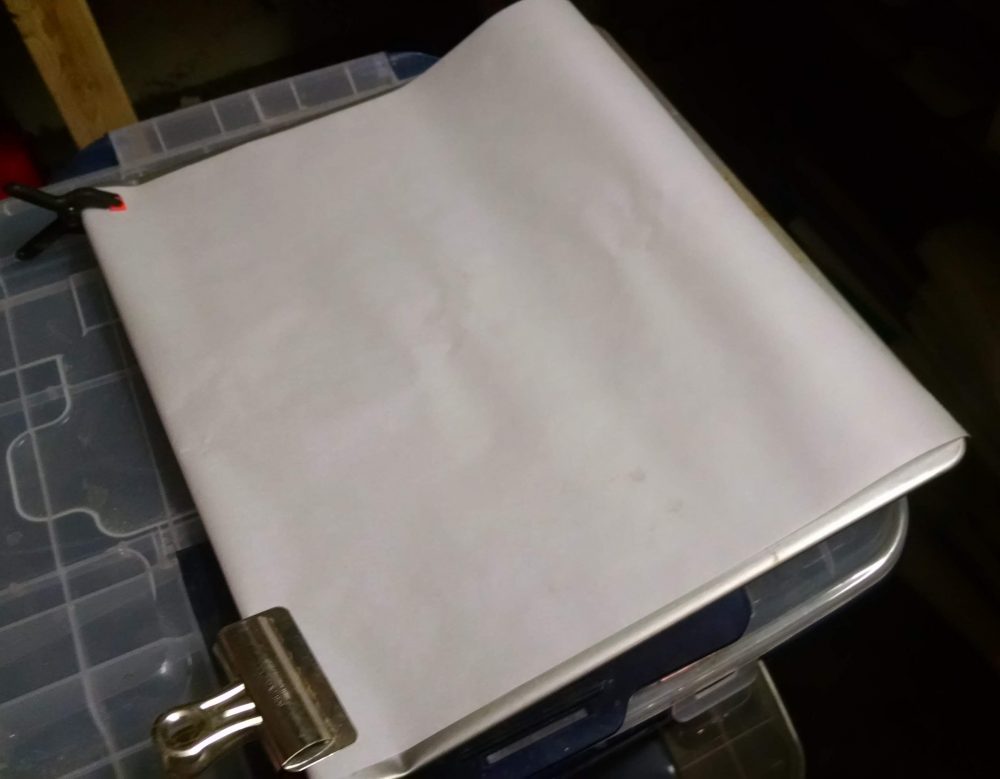
Next open your ferment at high krausen and scoop krausen out onto the parchment paper using a sanitized spoon.
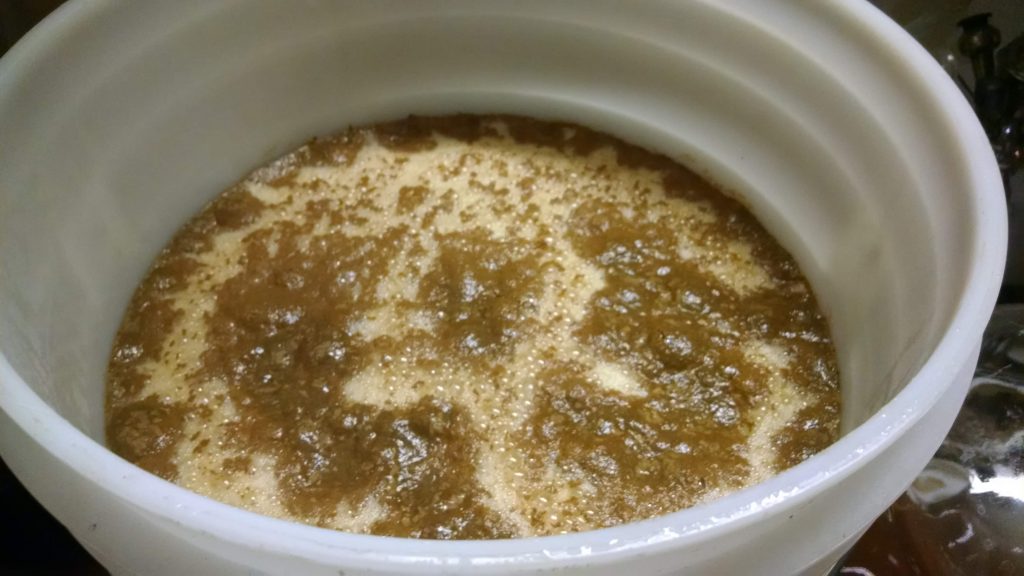
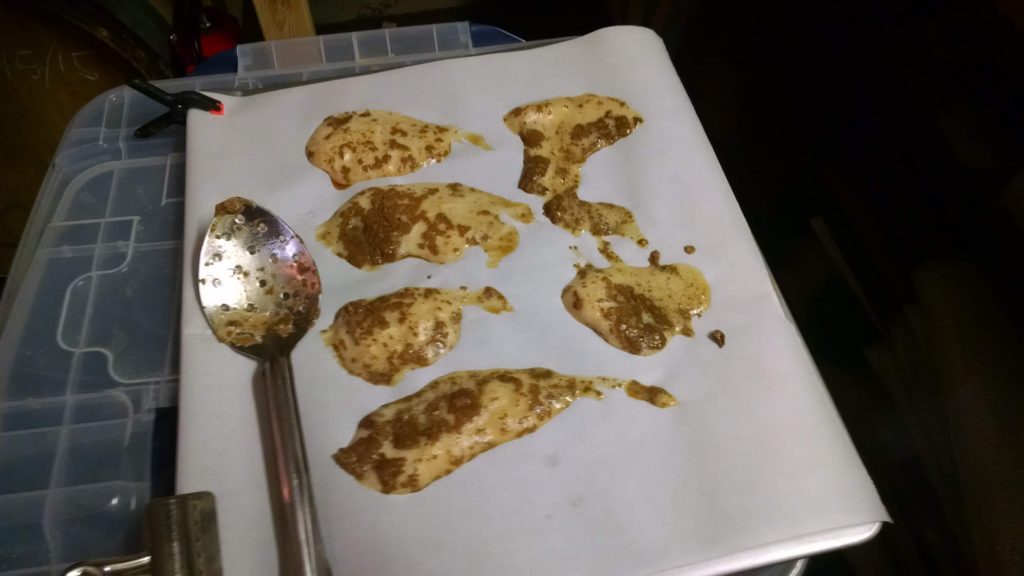
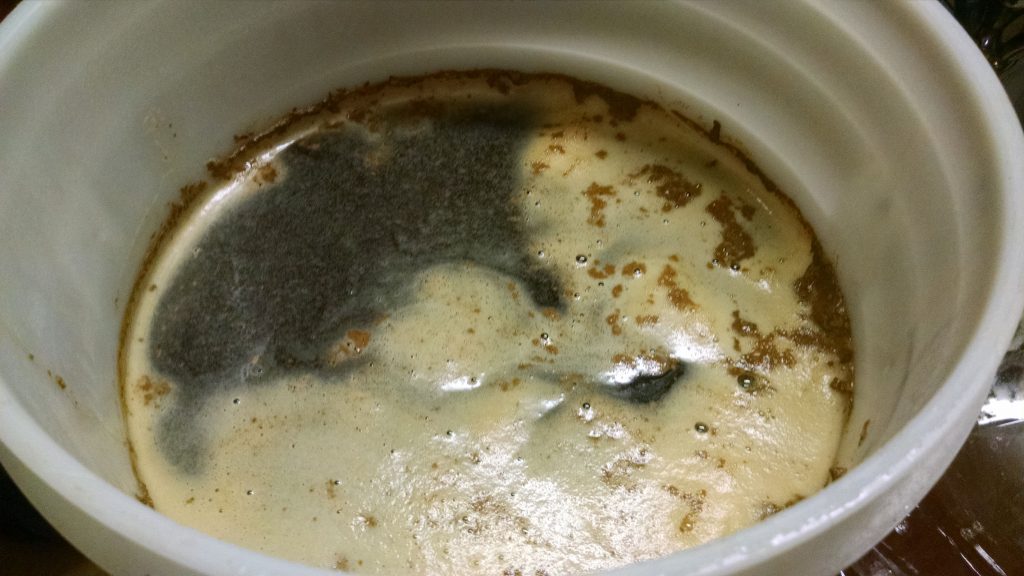
Use the spoon to spread the krausen out into a thin layer so that it will be able to dry quickly. Place the pan in front of your fan blowing air across it on a low setting to help it dry faster.
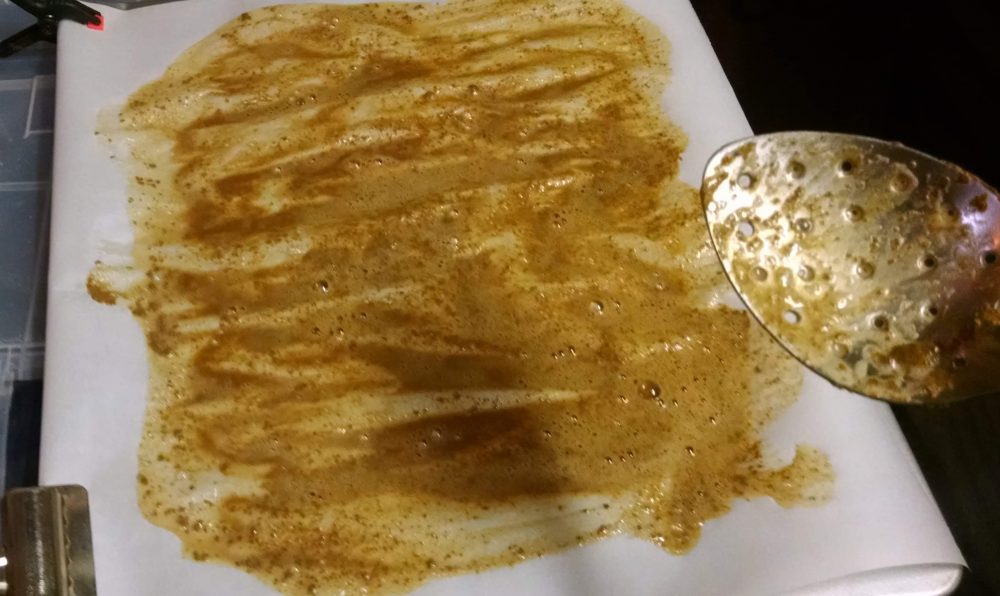
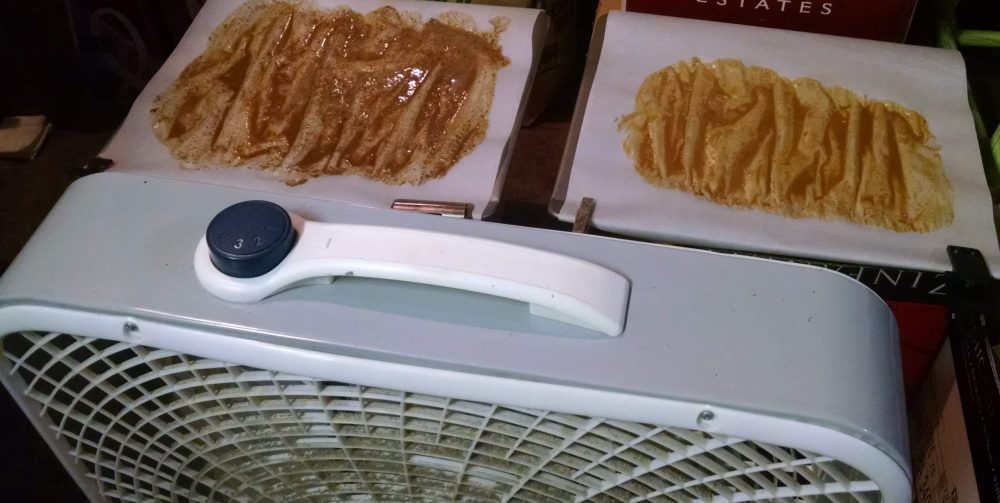
After a day it should be fully dry and ready to collect. Crinkle up the parchment paper to get they dried yeast to flake off.
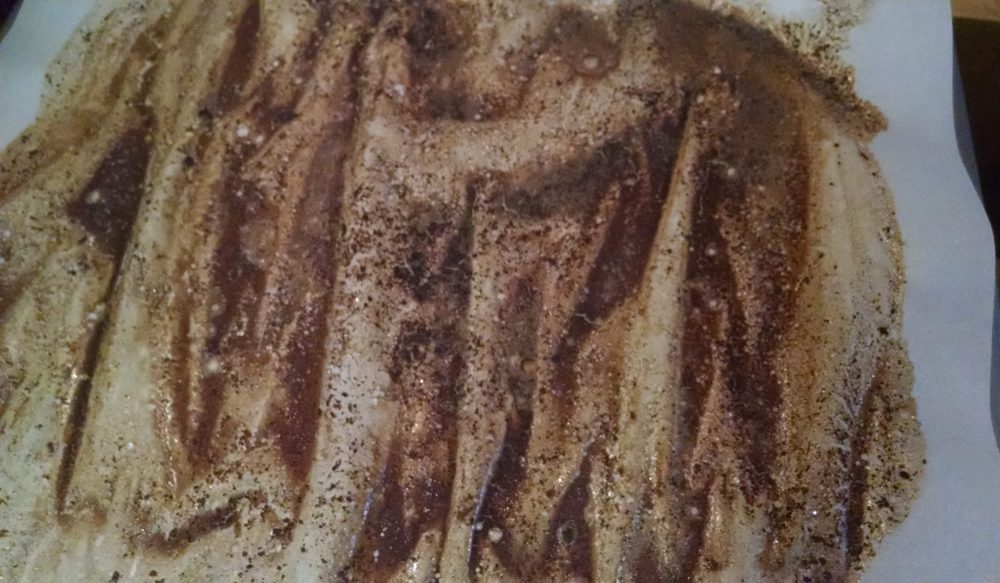
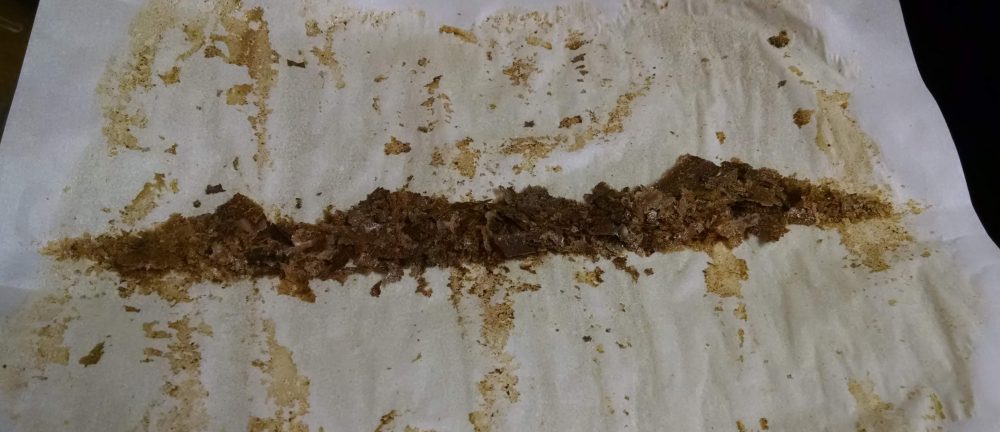
Dump the yeast into a clean dry jar. Label and date the jar and store it in the fridge or somewhere cool and out of sunlight.
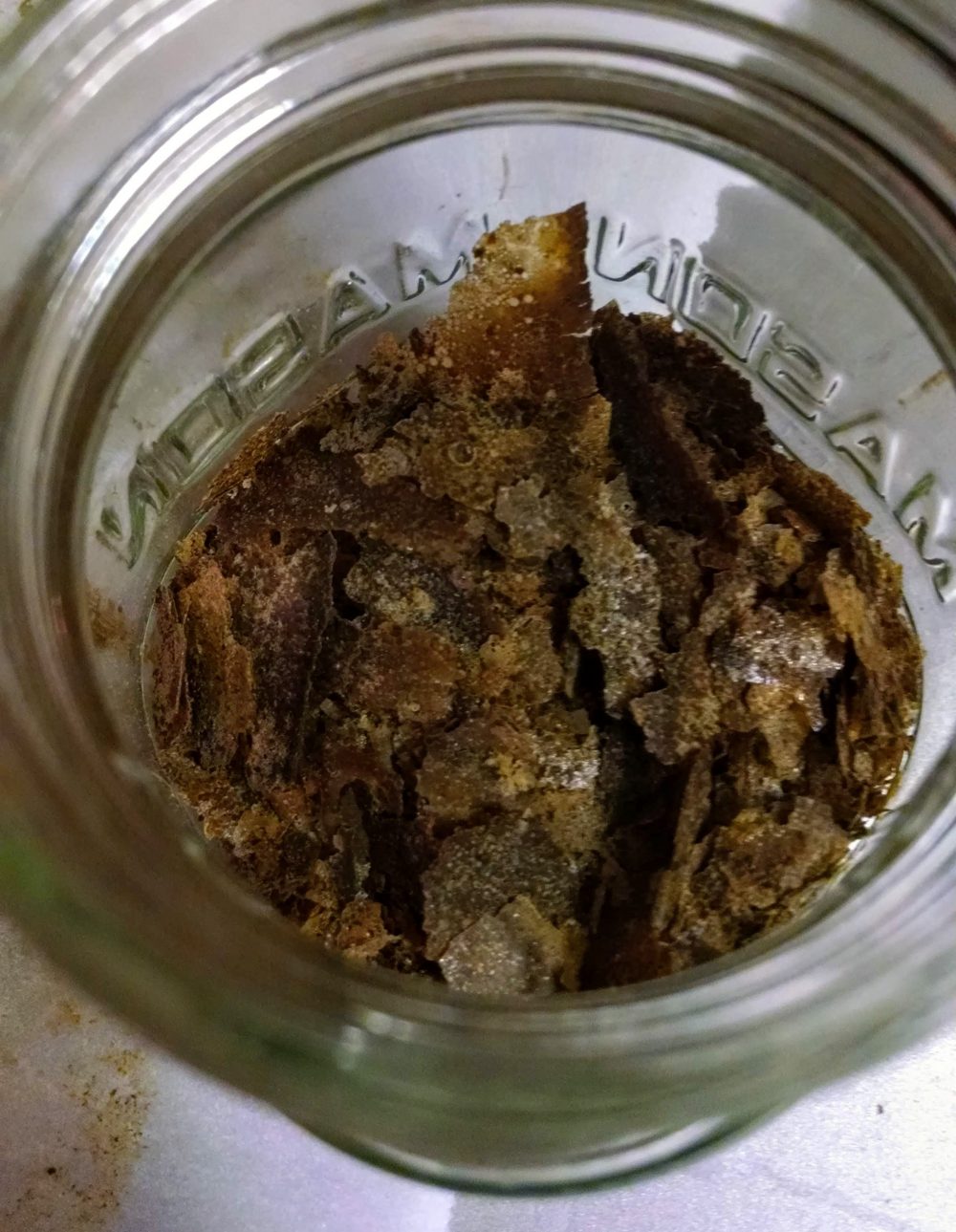
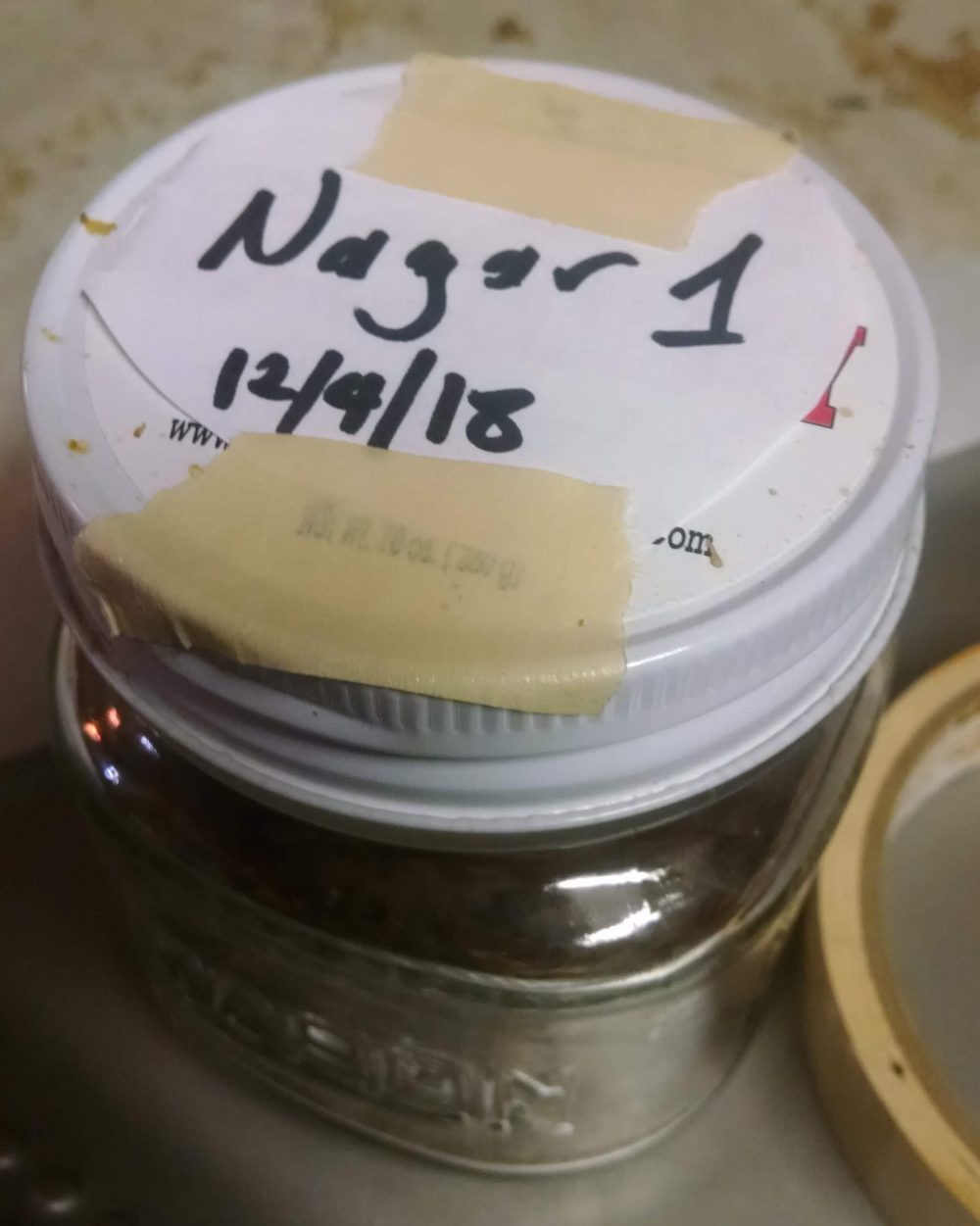
Pretty simple and easy. My main barrier to doing this all the time is that fact that I generally ferment in glass carboys so I can’t get in there to scoop krausen. I have dried bottom cropped yeast slurry before and it does work, just make sure you are spreading it THIN, if it takes too long to dry you’ll end up with mold growing on it and nobody wants that. Like I said this is obviously not aseptically sanitary, certainly random wild yeast or bacteria in the air could land on your drying yeast and infect it. The drying process should help though as not all microbes handle drying all that well. If you do this to a wild culture you can certainly alter it, especially if you’re harvesting krausen, doing this over and over through a few generations you’ll definitely select in favor of the microbes that get going quickly and reduce the amount (or possibly eliminate) the slower acting microbes. Obviously this doesn’t apply when harvesting slurry post fermentation. With top and bottom cropping you’ll still be eliminating any microbes that can’t handle drying. This may eliminate brettanomyces from a culture as I have heard that yeast sellers have had difficulty drying brett to sell.

